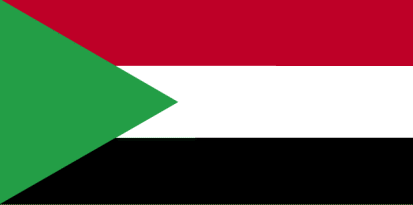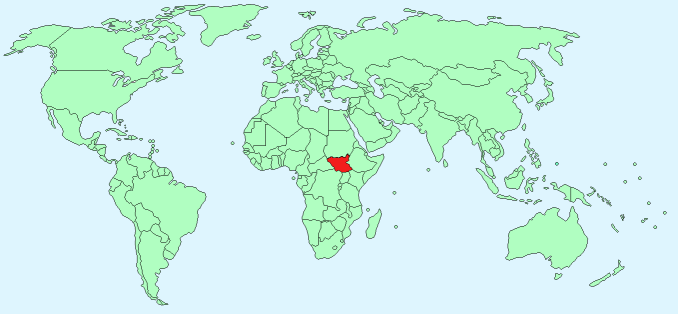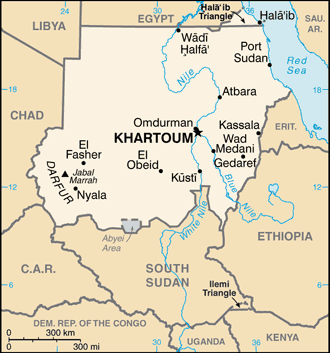Sudan


Continent – Africa
Region – Northern Africa
Size – 1,861,484 km²
Geography – northern desert and flat plain
Language – English, Arabic, other dialects
Religion – Sunni Muslim, Christian (minority)
Monetary Unit – Sudanese Pound
Natural Resources – petroleum, copper, chromium ore, zinc, tungsten, mica, silver, gold, hydropower
Agriculture – cotton, peanuts, sorghum, millet, wheat, gum arabic, sugarcane, cassava, mangoes, papaya, bananas, sweet potatoes, sesame seeds, sheep
Industry – oil, textiles, cement, edible oils, sugar, soap distilling, shoes, petroleum refining, pharmaceuticals, armaments, automobile assembly

Neighbouring Countries – Egypt, Libya, Chad, Central African Republic, South Sudan, Ethiopia, Eritrea
Population – 36,108,853 (2015 estimate)
Population Growth Rate – 1.72%
Average Life Expectancy – 63.68
Capital City – Khartoum (5,129,000)
Highest Mountain – Jabal Marrah (3,071 m)
Longest River – The Nile 6853 km in Uganda, Burundi, South Sudan, Sudan, Ethiopia, Egypt
Climate – tropical, hot all year 20°C to 40°C
Yearly Rainfall – 20 cm (approx) mostly July to September
Plant Life – acacia, desert scrub, grasses, palm trees
Animal Life – aardvark, lemurs, monkeys, mice, rats, voles, gerbils, bats
Bird Life – ostrich, petrel, boobies, gannets, quail, larks, swallows, wagtails, cuckoos, grebes, sandgrouse
Harvard Reference for this page:
Heather Y Wheeler. (2016). Sudan. Available: https://www.naturalhistoryonthenet.com/Facts_Figures/Country_Facts/sudan.htm. Last accessed Tuesday, July 19, 2016
Facts and Figures Pages
